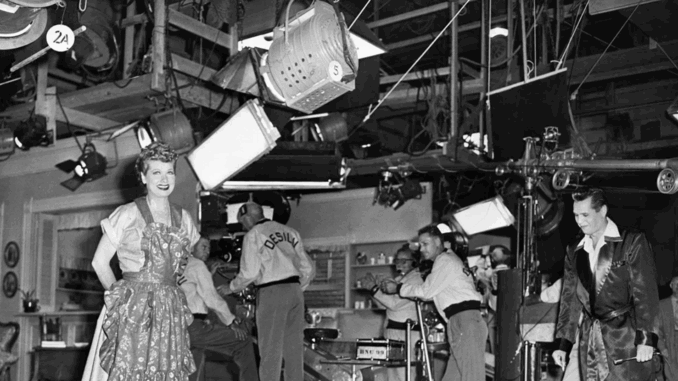
It wasn’t the slapstick. It wasn’t just the chocolate factory. It was the rhythm.
When I Love Lucy aired in 1951, it didn’t just make people laugh—it made television evolve. For all its iconic comedic moments, the show’s legacy lies in something far more subtle: its architectural impact on how TV was made, performed, and distributed.
Lucille Ball and Desi Arnaz didn’t just star—they produced, invented, and negotiated. They were the first to shoot with a three-camera setup in front of a live audience, inventing the sitcom format we now take for granted. They owned the rights to their show, unheard of at the time. Syndication? Thank Lucy. Without her, there might be no reruns, no streaming residuals, no lasting sitcom careers.
So while the world remembers Lucy stomping grapes, the industry remembers her as a game-changer. I Love Lucy wasn’t just funny. It was revolutionary—just quietly so.
